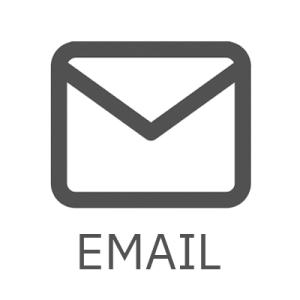A Six-Step Process to Improvement that School Districts Can Replicate
Why do improvement plans often fall short? Most leaders and organizations would agree it’s important to set goals at the beginning of the year and return to those goals at the end of the year to see if their team hit the mark. Leaders often spend time building lengthy plans and collecting data. However, the strategies used year after year are relatively the same and often don’t get a second glance.
Summary
- The improvement plan process focuses on six steps: diagnose, plan, implement, monitor, adjust and reflect.
- Schedule mid-year progress checks to monitor and adjust school and district improvement plans.
- Use a simple framework across teams, schools and the district when creating improvement plans to clearly highlight important goals and better adapt to changes.
From the stage at What’s Right in Education in 2021, Allison DeGraaf, Director of Learning and Innovation in Janesville School District, describes a common experience for organizations that plan to improve. In the presentation, Allison outlines the six-step improvement plan process Janesville uses:
- Diagnose
- Plan
- Implement
- Monitor
- Adjust
- Reflect
While Janesville schools were great at the first three steps, like many organizations, they struggled with revisiting their plan and monitoring progress to adjust throughout the year. Previously, plans were at least 20 pages long. Often, they sat in a folder unopened until the end of the year.
The Two Changes That Made an Impact
Each school in the district created a plan using a different framework. This resulted in communication, collaboration and implementation barriers across the system. The team in Janesville realized if they wanted to make improvements come alive and drive their work, they would need to make some changes.
Implementing a Common Template
To create plans that could be used as a tool for improving school and student success, a common framework was used across all schools. Three specific goals were identified, followed by just one strategy for each goal. This framework resulted in a dynamic, strategic focus that impacted results across all subject areas and removed the previous barriers to collaboration between schools. Less really is more by providing a clear focus to build alignment and drive progress.
Scheduling the Mid-year Progress Check
To connect the dots and continue to focus on the most important goals, it’s critical to monitor progress on those goals and adjust when necessary. To do this, Janesville set aside specific time at the mid-year point to connect the dots at both the school and the district level. Then, leaders and employees analyze what their current data is illustrating. As a result, deep, authentic conversations enabled their teams to become more responsive to changes and adapt their strategies mid-year.
In the same presentation, Kurt Krueger, the Principal of Jefferson Elementary School shares how the mid-year progress check has impacted their school by explaining, “The permission to adapt and modify goals and strategies is what is most useful to myself as a principal. Because that permission allows me to take a risk, stretch our skills and nurture the belief that we are all lifelong learners. This supports the culture that I want to be a leader in.”
Watch Allison and Kurt’s presentation to hear more about implementing a plan to improve:
Monitor, Adjust and Reflect
By using a simple framework to create an improvement plan and pausing to monitor progress, all of Janesville’s schools have clear goals to focus on and can better adapt to changes throughout the year. Now, improvement plans no longer stay in the folder and goals are viewed as projects with a start date and an end date.
When approaching the mid-year point, bring the school improvement plan to life. Schedule time to monitor, adjust and reflect on the goals most important to your team. What does the evidence show?
KEY TAKEAWAYS
To do more than just plan to improve, leaders must:
Think differently.
Don’t just set and forget. Stay focused on the important goals throughout the year.
Plan differently.
Proactively schedule time to monitor progress, adjust goals and reflect on improvement plans.
Act differently.
Embrace reflective practices to move improvement forward.





